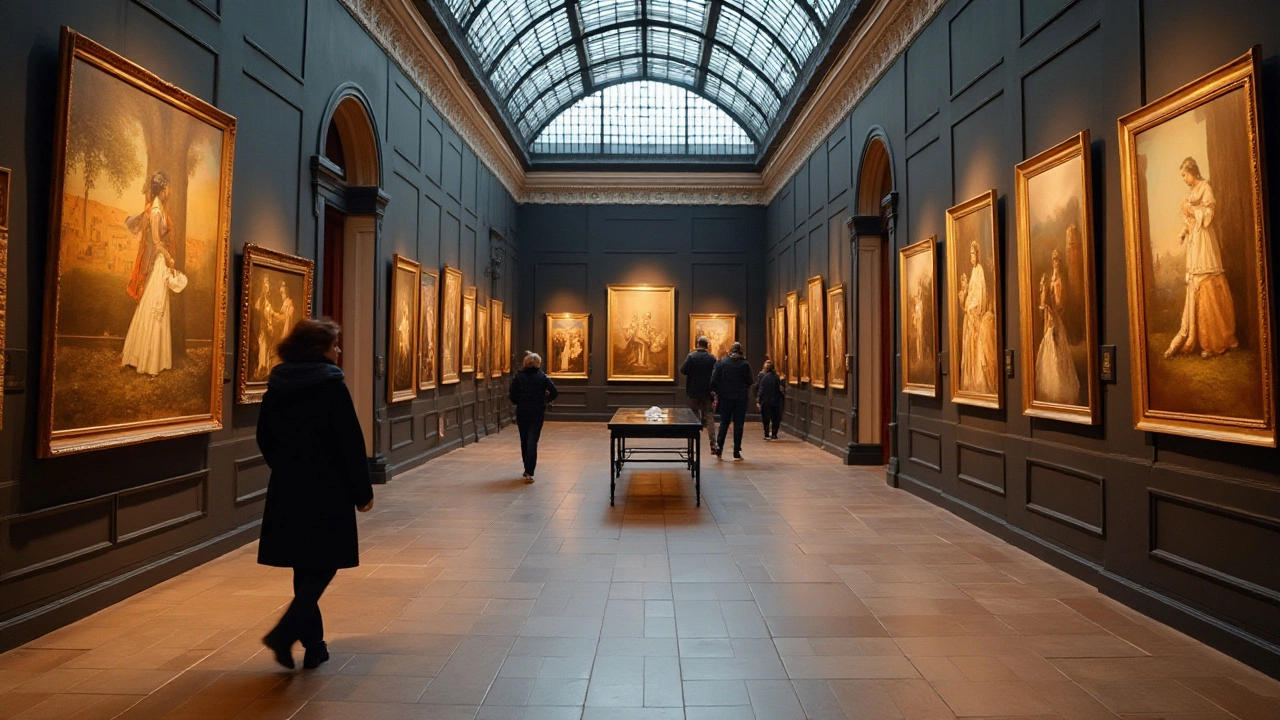Gallery Display Tips: How to Showcase Art Like a Pro
Got a collection of paintings, sculptures, or prints and need a place to hang them? A good gallery display isn’t magic—it’s about simple choices that make the work pop. Start by deciding the vibe you want: clean and modern or warm and classic? That decision will guide your lighting, wall color, and how you space each piece.
Lighting That Highlights, Not Distracts
Good lighting can turn an average wall into a spotlight. Aim for even, soft light that covers the whole artwork without harsh shadows. Track lights on the ceiling work well; angle them so the beam hits the middle of each piece. If you’re on a budget, a few floor lamps with adjustable heads can do the trick. Remember to keep the bulb temperature around 3,000‑3,500K for paintings and a cooler 4,000‑5,000K for photographs.
Spacing and Hanging Basics
Spacing is easier than you think. Measure the wall height, then decide on a ‘gallery line’—usually about 57‑60 inches from the floor. Hang every piece so its center aligns with that line. For multiple works, leave 2‑4 inches between frames; larger gaps work for big pieces. Use picture hooks that can hold at least double the weight of your art, and always level each frame with a small spirit level.
When you add sculptures or three‑dimensional pieces, think about eye level too. Place shorter items on lower shelves and taller ones higher up, but keep the overall sight line smooth. A simple white or neutral backdrop lets colors and textures stand out without fighting for attention.
Finally, test your setup before the big opening. Walk the room, stand at different points, and see if any piece feels crowded or hidden. Adjust lighting angles or swap a frame’s position if something feels off. A well‑planned gallery display tells a story without saying a word, and with these steps you’ll get that professional feel without hiring a designer.

30 Oct 2024
Planning an art exhibition involves several key considerations, including the number of paintings needed to create an engaging experience for visitors. This guide explores factors that influence the decision, such as venue size, theme, and audience expectations. By balancing these elements, artists can craft a memorable and visually compelling display. Tips for layout, pacing, and visual harmony are also essential in shaping a captivating exhibition.
Continue reading...
